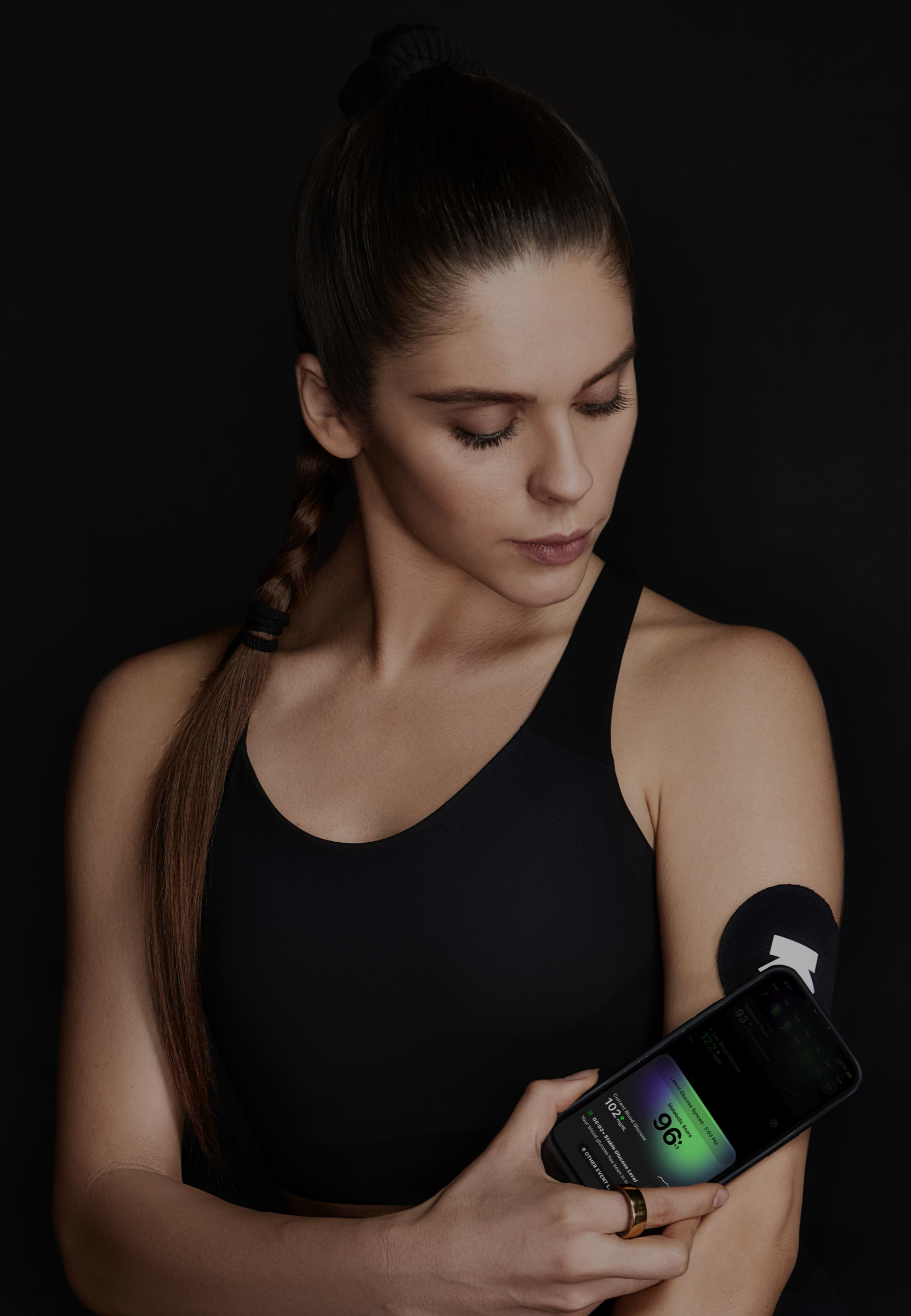
Homemade - Ragi Dosa (1 dosa)
Breakfast
167 mg/dL
avg. peak value
Usually causes a large spike
Avg. Food Score on Ultrahuman App
Ultrahuman Users got an UNSTABLE response
How to consume homemade - ragi dosa without glucose spikes
Pair with Protein
Include a side of protein-rich foods such as eggs or paneer when eating ragi dosa. This can help slow down the digestion and absorption of carbohydrates.
Add Fiber
Incorporate fiber-rich vegetables like spinach, bell peppers, or carrots into the dosa batter or as a filling. This can help moderate blood sugar levels.
Use Healthy Fats
Cook the dosa in a small amount of healthy fats, such as olive oil or ghee. Adding healthy fats can slow carbohydrate absorption.
Drink Water
Ensure you drink plenty of water before and during your meal to help with digestion and maintain hydration.
Practice Portion Control
Consume smaller portions of ragi dosa to prevent a large influx of carbohydrates all at once.
Include a Salad
Accompany your meal with a salad made from cucumbers, tomatoes, and lettuce to add bulk and nutrients without spiking blood sugar.
Add Lemon Juice
Squeeze fresh lemon juice over the dosa or salad. The acidity can help moderate blood sugar increases.
Space Out Meals
Instead of eating a large quantity in one sitting, have smaller amounts spread throughout the day.
Chew Thoroughly
Chew your food slowly and thoroughly to aid digestion and give your body time to process the carbohydrates more gradually.
Monitor Meal Timing
Try to consume your meal at a consistent time each day to help regulate your body's insulin response.

Find Glucose response for your favourite foods
Explore OGDbDiscover
metabolic
health with M1
Ultrahuman M1 helps you measure the impact of food and activity on your body in real time through glucose as a biomarker.
Explore Ultrahuman M1Your cart is empty
Browse through our products and find something for you.
